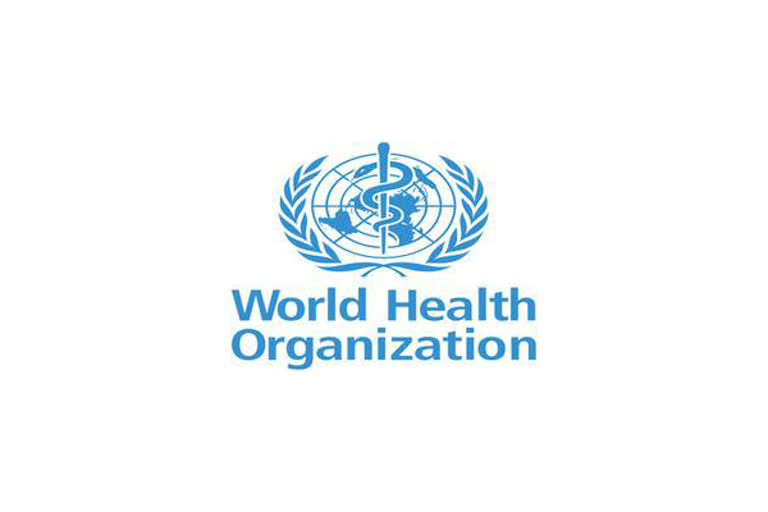New Delhi: At least half of the world’s population still do not have full coverage of essential health services. Around 930 million people spend at least 10 percent of their household budget to pay for health care. In the WHO South-East Asia Region, an estimated 60 million people are pushed into poverty on account of health spending most of which goes on medicines said Dr Poonam Khetrapal, WHO’s South-East Asia regional director.
Dr Khetrapal said that since 2014, achieving Universal Health Coverage (UHC) has been one of the region’s flagship priorities, with a focus on enhancing primary level care by increasing access to medicines and strengthening the health workforce.
She was talking in connection with the third International Universal Health Coverage (UHC) Day.
Dr Khetrapal said that against the backdrop of a global pandemic that has caused disease, death and disruption, the case for UHC is clearer than ever.
“Strong and equitable health systems that leave no one behind create populations that are healthier, more productive and financially secure. Resilient health systems are the bedrock of emergency preparedness and response and ensure that when acute events do occur, essential services can be maintained – one of the Region’s key points of focus throughout the pandemic,” she said.
Countries that prioritize public health and health-in-all policies can more easily mobilize the multi-sectoral buy-in required to address cross-cutting issues such as antimicrobial resistance, climate change and food safety. Investing in health system resilience to achieve UHC is not only moral but also critical for inclusive and sustainable economic development. It cannot afford to wait, she added.
Trend data from this year’s annual progress report shows that countries have continued to improve service coverage, which is now, on average, above 61 percent, as compared with 47 percent a decade ago.
She said that nine countries have surpassed the first WHO health workforce density threshold of 22.8 doctors, nurses and midwives per 10 000 population, compared with six in 2014.
